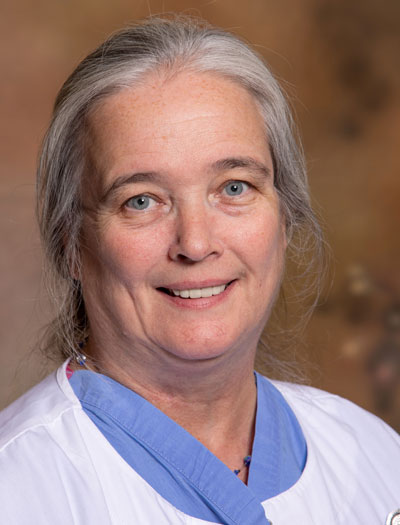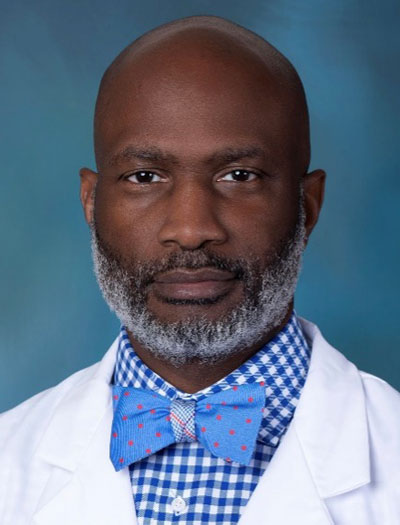Burn SIG
The Burn Special Interest Group (SIG) provides resources for care of burn patients, and management resources for burn centers, non-burn centers, and critical access hospitals. The SIG is an open forum for clinicians that have a committed interest in burns.
This group is open to nurses and advanced practice nurses that are members of the Society of Trauma Nurses (STN). The group works collaboratively to develop nursing practice and awareness in areas of burn education, research, and clinical practice. We are dedicated to the delivery of high-quality patient-centered burn care and provide a platform for sharing evidence-based strategies in the management of burn care.
SIGs are a great resource for nurses. Such groups are pathways for nurses to network, exchange ideas, and make a difference in the care of burn patients. Meetings are held bimonthly on the first Thursday of the month at 10:00 am ET. The group offers a forum to exchange experiences and ideas, as well as a focus on group projects related to burn care.
The following resources are links to education, injury prevention, and burn outreach. Providing resources to clinicians improves burn care for every patient.
Education
The Burn Education section highlights nursing care and provides exemplars for patients and populations affected by chemical burns, wildfires, pediatric burns and acute traumatic burns. Key points related to assessment, referral criteria, cautions, risk factors, and prevention measures to avoid and mitigate burn injuries are summarized.
- Chemical Burns
- Household Fire Safety
- Kitchen and Outdoor Fire Safety
- Pediatric Burn Education
- Wildland Firefighters
- Burn and Reconstructive Centers of America, Chemical Burns
Website | Authors: Bodily, N. E., Bruenderman, E. H., Bhutiani, N., The, S., Schucht, J. E., & Bozeman, M. C. - Medcape, Chemical Burns
Website | Authors: Robert D Cox, MD, PhD; Chief Editor: Joe Alcock, MD, MS - Sheehy's Emergency Nursing
Publication | Author: Emergency Nurses Association - Overcome: Burned, Blinded, and Blessed
Publication | Authors: Carmen Blandin Tarleton - Topical chemical burns: Initial Evaluation and Management
Website | Authors: Sangeeta Kaushik, MDSteven Bird, MD, FACEP - Chemical Burns
Publication | Authors: Tess B. VanHoy; Heidi Metheny; Bhupendra C. Patel.
Disaster Managment
Disaster management is the application of disaster policies and strategies to manage disasters and prevent new disaster risk, reduce existing disaster risk and manage residual risk, contributing to the strengthening of resilience and reduction of disaster losses.
- Disaster Management in Austere Conditions
- The American Burn Association
The American Burn Association and its members are committed to ensuring there are up to date resources in addition to education, care, rehabilitation, and prevention. The website is designed to be easily accessible allowing for quick and easy access - The American Burn Association, Disaster Response
Serves as a resource to assist during a mass casualty. Information within this link includes the ABA Mass casualty plan, regional burn surge capabilities in the event of a mass casualty or other disasters, education and the most up to date literature. - The American Burn Association, Education
The American Burn Association provides high quality education that meets the needs of those who provide care to patients with burn injuries. - The American Burn Association, Advanced Burn Life Support
Education and resource filled course for individuals providing emergency care to patients with a burn injury. The ABLS course offers two separate platforms; virtual, a self-paced learning program or live with didactic lectures and hands on skills.
Injury Prevention
The purpose of burn prevention is to raise awareness about burn hazards and take proactive measures to reduce the occurrence and severity of burn injuries by educating people on how to avoid exposure to heat sources, properly handle hot substances, and practice safety precautions in various situations, ultimately aiming to minimize the need for burn treatment and associated complications.
- Burn Scald Prevention
- US Fire Administration
The United States Fire Administration website provides education for some at risk groups like children, older adults and people with disabilities. Within the website there are different tabs that includes home fires, wildfires, burn first aid, and workplace fires. - Johns Hopkins Adult Burn Center
This website is an excellent source of information for burn survivors, empowering them to be a source of strength and understanding and to wholeheartedly engage in starting a new life as survivors. The New Life Burn Society encourages and supports activities that unite survivors of all ages to learn and grow. - Scald Burn Prevention for Kids
The Burn, Trauma, and Injury Prevention programs at Johns Hopkins Children's Center bring you scald burn prevention tips for parents and caregivers. This video reviews how to protect children from getting scald burns in the kitchen and in the bathroom. - The Cleveland Clinic
Burns are tissue damage brought on by heat, chemicals, electricity, radiation or the sun. Nearly half a million Americans seek medical care for accidental burns each year. First-degree burns, and most second-degree burns, heal with at-home treatments. Third-degree burns can be life-threatening and require specialized medical care.
Elwood Conaway is is the Trauma Program Manager for Johns Hopkins Bayview Medical Center. He recently completed a two-year military deployment as the Director of Nursing / Trauma for Shiekh Shakhbout Medical City in Abu Dhabi. He played an intricate part in the development of the international trauma guidelines for the UAE. Elwood has presented at local and international trauma and emergency medicine conferences.
Patty Bartzak is Patty works as a Staff Nurse at Lahey Hospital & Medical Center, a level 1 trauma center in the Boston area. She previously worked as a Burn/Trauma nurse at Brigham & Women’s Hospital in Boston. Patty has been a member of STN since 2017 and has served as a peer reviewer for the Journal of Trauma Nursing, and as a member of the Trauma Prevention and Burn Committees. Patty presented to STN on Trauma Prevention Initiatives: Elderly Drivers (2021), and was awarded Best Concise Review (2023) for an article she authored in STN entitled, Identification of delayed traumatic diaphragmatic injury. In addition, Patty serves as an Expert Witness and has reviewed about 80 cases in the last 8 years.

